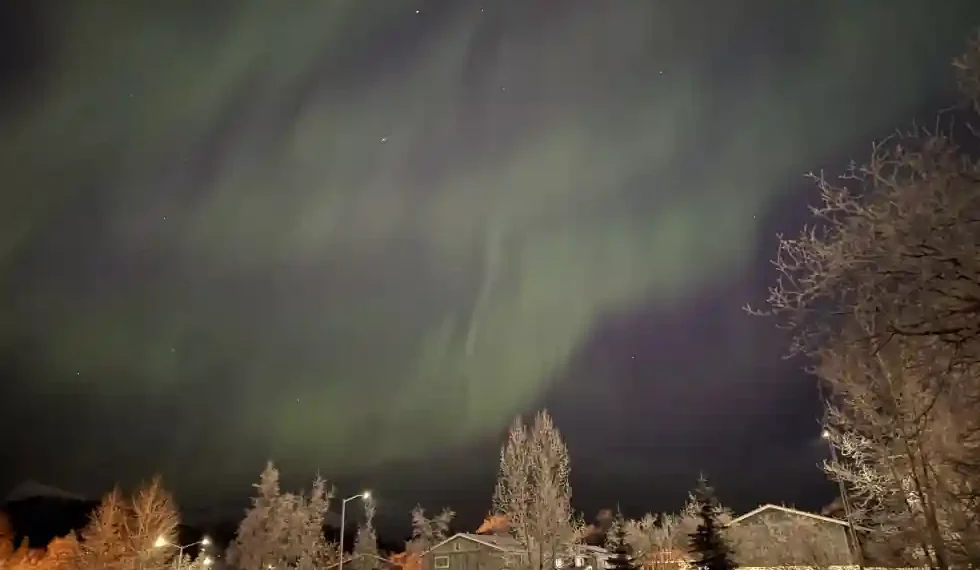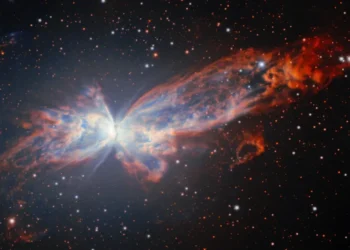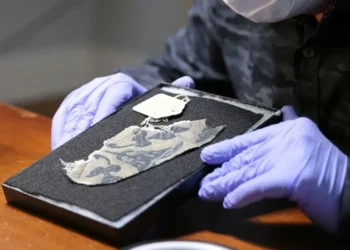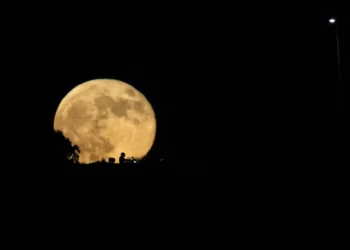Colorful Northern Lights May Dazzle More U.S. States Tonight—Here’s What You Need to Know
A powerful solar storm is heading toward Earth—and it could bring the northern lights to parts of the U.S. where they’re rarely seen. Thanks to a burst of solar activity earlier this week, skywatchers across a wide swath of the country may be in for a surprise light show Tuesday night.
What’s Causing the Buzz?
The sun released several coronal mass ejections—essentially huge eruptions of solar plasma and energy—that triggered a geomagnetic storm watch from NOAA’s Space Weather Prediction Center. If conditions are just right, these bursts could interact with Earth’s magnetic field and produce vibrant aurora displays well beyond their usual range.
Where You Might See the Lights
The auroras, typically reserved for high latitudes, could dip farther south than usual. Here’s where the northern lights might be visible:
- High likelihood: Alaska, Washington, Oregon, Montana, North Dakota, South Dakota, Minnesota, Michigan, Wisconsin, Vermont, New Hampshire, and Maine
- Possible viewing: Northern parts of Idaho, Wyoming, Nebraska, Iowa, Illinois, New York, and Pennsylvania
Why Are Auroras So Active Right Now?
We’re currently in the peak of the sun’s 11-year activity cycle, which means more frequent and widespread auroras. According to NOAA’s Shawn Dahl, this solar storm activity could continue on and off throughout the year.
Last spring, the strongest geomagnetic storm in 20 years created dazzling displays across the Northern Hemisphere. Even areas like New York City, the U.K., and Germany caught glimpses of the phenomenon.
“This is going to kind of continue off and on throughout the year,” said Dahl.
What Else Do Solar Storms Do?
While auroras are beautiful, solar storms can pack a punch:
- Disrupt power grids
- Scramble GPS and radio communications
- Affect satellites and air traffic control systems
Extreme events in history include an 1859 storm that caused telegraph fires and auroras visible as far south as Hawaii, and a 1972 storm that may have triggered magnetic sea mines off the coast of Vietnam.
Unfortunately, space weather isn’t something we can forecast far in advance. Warnings usually come just a few days before impact.
How to Spot the Northern Lights
Want to catch the show? Here are a few quick tips:
- Check the forecast: Visit NOAA’s Space Weather Prediction Center or use an aurora-tracking app.
- Find dark skies: Head to a location away from city lights—think local parks or nature reserves.
- Watch the clouds: A clear sky is key; even faint auroras can be blocked by cloud cover.
- Use your phone: Sometimes your smartphone camera can pick up colors and details you can’t see with the naked eye.
“Enjoy it,” said NASA’s Kelly Korreck. “It’s this great show… from the sun to you.”
This article was rewritten by JournosNews.com based on verified reporting from trusted sources. The content has been independently reviewed, fact-checked, and edited for accuracy, neutrality, tone, and global readability in accordance with Google News and AdSense standards.
All opinions, quotes, or statements from contributors, experts, or sourced organizations do not necessarily reflect the views of JournosNews.com. JournosNews.com maintains full editorial independence from any external funders, sponsors, or organizations.
Stay informed with JournosNews.com — your trusted source for verified global reporting and in-depth analysis. Follow us on Google News, BlueSky, and X for real-time updates.














